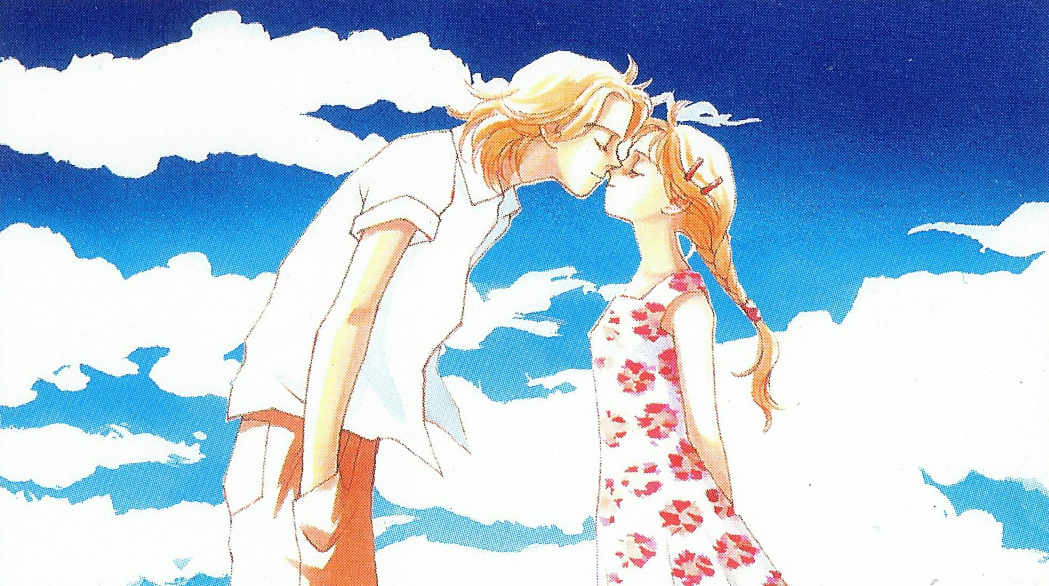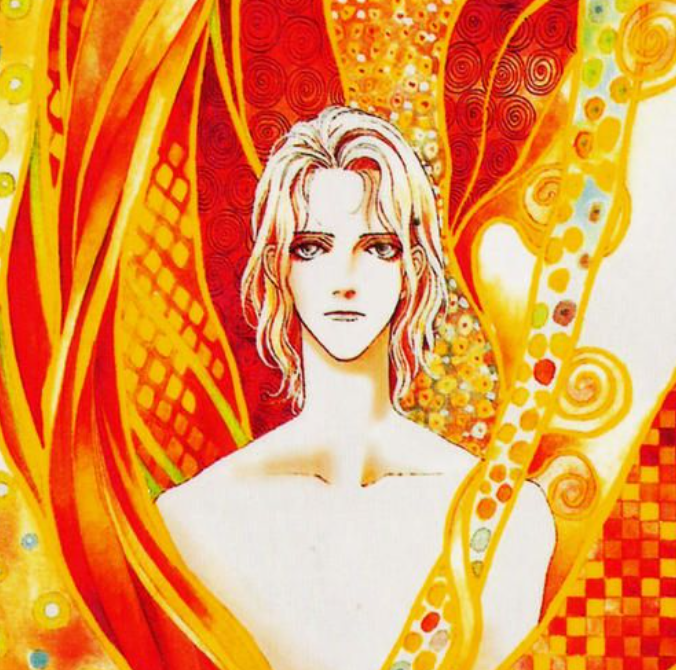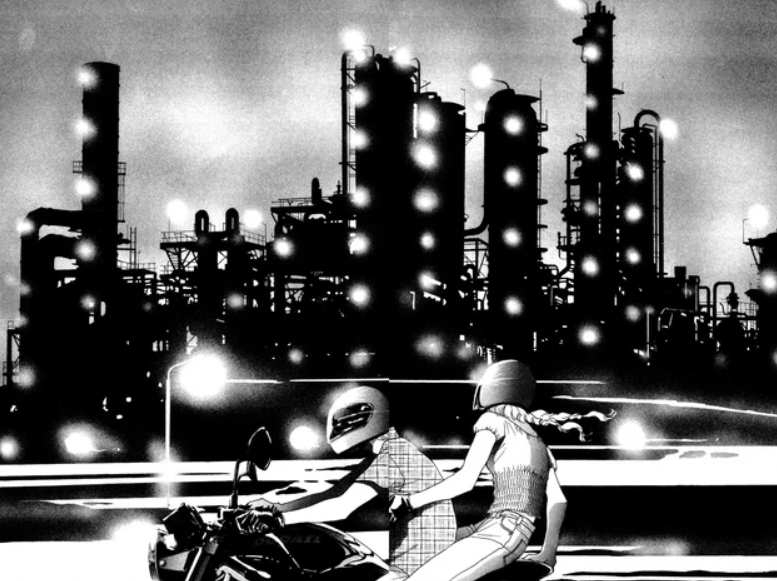Mars (manga review, spoilers)
It has been a long time since I’ve read a series from before the turn of the millennium, but Mars by Fuyumi Soryo has reminded me of why I have such a fondness for these stories. I first started reading manga when I was 14, which would have been around 2005, so I was obsessed with anything CLAMP, other classics like Fruits Basket, . Hack, Ah! My Goddess, Fullmetal Panic, and whatever BL/yaoi was available in my local library. Back then, I associated manga with a certain aesthetic, and I didn’t know much about demographic categories, so my tastes spanned from shojo to josei to seinen (one of my favourites from this time is Chobits, a seinen). I also felt very grown up and mature reading them, and they changed how I viewed myself. The characters always navigated life as young adults, experiencing traumas and obstacles more suited for people twice their age. It was so challenging to live vicariously through them, and still so easy to empathise with how they confronted their issues: they were young, and they processed life with the hormonal inexperience of teenagers.
Mars perfectly encapsulates these contradictions through the lives of a group of high schoolers wrestling with abuse, homelessness, sexual assault, bullying, anxiety, depression, and the adolescent ennui triggered by the ever evasive future, in which all their goals and dreams are apparently hidden. Rei is your typical popular bad boy. He dreams of being a professional motorcycle racer, an endeavour which is plagued by danger and adrenaline. Kira is the church mouse of the school. She has no friends and most people are discomforted by her silence. But Kira is an exceptional artist, and her artwork reflects her deeper feelings. The title itself refers to an award-winning portrait painted by Kira of which Rei is framed as the god of war, a perfect allusion to his boisterous personality. Kira’s gift for introspection provides a deeply thought-provoking interpretation of Rei’s character.
The pair meets when Rei gets lost on his way to a hospital appointment and asks Kira for directions. Intimidated by Rei’s sudden appearance, she shows him the way, and true to form, he does not recognise Kira from class. A sketch drawing of a mother and child catches Rei’s eyes, and they have a short conversation about Kira’s talents. This eventually leads to Rei commissioning Kira for a similar art piece. It’s a strange request, especially because as we learn more about Rei, this soft, maternal artwork contradicts his wild erratic nature. But like Kira, Rei nurses his own trauma: his twin brother, Sei, killed himself. His mother passed away when he was very young, and as a teenager he discovered he was born from a love affair between his mother and uncle. With Sei dead too, Rei endures a fractured relationship with the man he thought was his father. There are many unresolved threads in his past.
As their relationship deepens, Kira comes out of her shell, and she traverses the aftermath of a sexual assault committed against her by her stepdad. Kira and Rei reflect the different responses to trauma: Rei wants the world to burn, he leans into his anger and centres himself in the universe. His obsession with racing is a part of this; the proximity to danger provides a thrill. It’s as if he wants to fight death, an entity that has imprisoned his family in various ways. Conversely, Kira internalises her experience, closing herself away from the world and avoiding men. She partly blames herself, as many abuse survivors do, and doesn’t speak up for herself. It’s refreshing to see her slowly advocate for herself as the story progresses, sometimes chastising Rei for his recklessness, and confronting her ever growing circle of friends, including the amazing enemy-turned-cheerleading-ally, Harumi.
The interactions between the characters are notably intense. You are thrust into the full onslaught of teenage angst, where the whole world feels like it’s ending, and every decision is unshakable, and every argument is an earth-shattering event, and actions are made from places of extreme emotion. When Rei wants to show his father that he’s serious about Kira, he gives up his dream of racing. When he realises that Kira would be stuck with her abusive step-dad, he proposes marriage in order to be her guardian. After Kurasawa is discovered to have stolen Kira’s artwork, he tries to kill himself by jumping off the school building. And Sei’s own suicide, in the long run, is for quite an arbitrary reason: he wanted to leave a scar for Rei, and he felt insignificant beneath his shadow. And then we have the highly disturbed Masao, a young androgynous student obsessed with Rei, who constantly stalks and plagues the narrative as a warning of what Rei could become if he does not get his own self-destructive habits in check.
Masao and Shiori (Rei’s childhood sweetheart), are two highly annoying characters. Shiori is another stalker who constantly arrives at Rei’s school to stumble behind him and demand he return to her life. And Rei, confused and conflicted by her connection to his twin brother, of whom she was in a relationship first, regularly deigns to meet up with her despite his love for Kira. It’s interesting to compare these frustrating reactions to a similar situation explored in A Sign of Affection, where the main love interest, Itsuomi, is accosted by a similarly possessive childhood friend. Itsuomi clearly tells Ema to leave him alone and makes his platonic feelings known. However, the characters from A Sign of Affection are uni students—Rei, Shiori, and our Mars cast are younger teens still in school, and they behave according to their age. Shiori, like Sei and Kurasawa, threatens suicide when things don’t go her way.
Masao, at first a compelling reflection of Rei’s past and would-be future, also becomes a bit of an irritant as he constantly returns to offer long, meandering, melodramatic monologues about everyone being fake and Kira being detrimental to Rei’s beautiful toxicity. He is absolutely deranged, and after being admitted to psychiatric care, and then faking his recovery to be discharged, he confronts Rei right at the climax of the story and stabs him. Masao already has one murder under his belt, but he wants Rei’s death to be his magnum opus.
Throughout the story, the race track acts as a foreshadow, a potential omen to Rei’s short life. There is a particular race during the halfway point that is particularly exhilarating and worrisome. The exceptional panelling and images of concerned onlookers heighten the tension and sense of danger. It feels like Rei is always on the edge of death, and when it’s revealed that his biological father died during a motor race and was reduced to charred bone and flesh, it’s easy to assume that Rei will meet a similar fate. I suffered Bananafish flashbacks when I saw Rei fall to the ground, bloody and unconscious. The scene arrives at a time when everything in Rei’s life is finally looking up: he and Kira are engaged and preparing for their wedding day, he has mended the relationship with his father and confronted his past, he has accepted his discretions that led to Sei’s suicide, and decided on his course of action to return to racing. It would be a waste for him to die. Thankfully he survives.
The almost-death scene is perfect in a story that unfurls in the threat of its shadow. During his coma, Rei balances between life and death. Sei beckons to him, drawing him into death and the realm in which he, and the tortured past, reside. But a beam of light pierces the darkness, and Rei turns to see Kira bringing him into the present. Rei chooses life. It’s a beautiful resolution and another example of Rei’s character progression. The young man who cared so little for his own wellbeing now clings to life and the promise to live it well. Kira is easily dismissed as the lost damsel in the story, but here we see the importance of her character. Rei’s life changed when he met her. She is his saviour.
Along with this heartfelt story is the stunning artwork and the wonderful conclusion. Rei can follow his heart now, pouring his all into motor racing. He worked on himself and has chosen a path of community. And Kira is not the same as she was before. She wants more from life and from herself. She has moved on from her past to become something greater.
8/10 (two points deducted for Shiori and Masao).



